FIV et faible taux d'AMH : faible taux d'hormone anti-mullérienne dans le traitement de la FIV
Lorsque tu essayes de comprendre tes chances de tomber enceinte, un petit résultat de test sanguin peut soudainement te sembler accablant. Tu as peut-être entendu dire que ton AMH est trop faible. Peut-être que quelqu'un a dit que ta réserve ovarienne est diminuée. Ou peut-être qu'on t'a dit que la fécondation in vitro est encore une option - mais que ce ne sera peut-être pas facile. Si tu en es là, tu n'es pas seule.
Dans cet article, nous allons examiner de plus près ce qu'un faible taux d'AMH signifie vraiment - pour ta fertilité, pour tes options de traitement par FIV et pour ta tranquillité d'esprit sur le plan émotionnel. Nous parlerons des niveaux d'hormones sans jargon médical compliqué et nous expliquerons comment l'hormone anti-müllérienne s'inscrit dans un contexte plus large. Il ne s'agit pas seulement de chiffres sur un rapport de laboratoire - il s'agit de ce que ces chiffres signifient pour ton chemin vers la parentalité.
Commençons par les bases et parcourons doucement ce que tu dois savoir - pas de panique, pas de fausses promesses, juste de la clarté.
Ce qu'un faible taux d'AMH signifie vraiment pour ta fertilité
Entendre dire que ton taux d'AMH est bas peut donner l'impression que quelqu'un vient de fermer une porte. Mais avant de penser au pire, il est important de savoir ce que cette hormone nous dit réellement - et ce qu'elle ne dit pas. L'AMH, ou taux d'hormone antimüllérienne, est un marqueur de la réserve ovarienne. Cela signifie qu'elle nous donne une idée du nombre d'ovules encore disponibles dans tes ovaires. Il ne s'agit pas d'une question de qualité, mais simplement de quantité. Ainsi, même si ton taux d'AMH est faible, cela ne signifie pas qu'une grossesse est impossible. Cela signifie que ton délai pourrait être plus court, ou que ton cycle de FIV pourrait nécessiter des ajustements. Et cette connaissance, bien que difficile à entendre, peut en fait te donner de l'assurance. Elle aide les médecins à adapter la meilleure approche possible pour toi - en fonction de l'AMH, de l'âge et de la façon dont ton corps réagit à la stimulation de la FIV.
Examinons de plus près ce que ton résultat d'AMH pourrait indiquer.
Comment les niveaux d'AMH reflètent ta réserve ovarienne
Ta réserve ovarienne est comme une réserve naturelle d'ovules - et elle diminue avec le temps. L'AMH est produite par les petits follicules de tes ovaires, et la quantité de cette hormone dans ton sang (ton taux sérique d'hormone anti-müllérienne) reflète le nombre de follicules qui se développent actuellement. Un taux d'AMH plus élevé signifie généralement qu'il y a plus de follicules, tandis qu'un taux d'AMH plus bas suggère que la réserve diminue. C'est pourquoi la mesure du faible taux d'hormone antimüllérienne est devenue un élément courant de l'évaluation de la fertilité. C'est un moyen non invasif d'estimer comment ton corps pourrait réagir aux techniques de procréation assistée, en particulier à la FIV.
Cependant, les valeurs de l'AMH peuvent varier. Il n'y a pas de "plage normale universelle pour l'AMH", et ta concentration d'AMH peut fluctuer en fonction des méthodes de laboratoire ou même de l'utilisation d'un moyen de contraception. C'est pourquoi l'utilité clinique de l'AMH dépend du contexte - l'âge, les niveaux d'hormones et les antécédents personnels jouent tous un rôle.
Quand un faible taux d'AMH devient préoccupant
Un faible taux d'AMH ne signifie pas automatiquement que tu es stérile. Mais il peut signaler que les ovaires sont moins susceptibles de produire plusieurs ovules pendant la FIV. Cela peut conduire à un taux de grossesse plus faible par cycle et peut affecter le taux de naissances vivantes, en particulier chez les femmes de plus de 35 ans. Les médecins définissent souvent une AMH faible et extrêmement faible en fonction de seuils spécifiques, et ces seuils permettent d'orienter les décisions concernant les protocoles de stimulation ou d'envisager ou non le recours à des ovules de donneuses.
Dans certains cas, on dit que les femmes dont le taux d'AMH est inférieur à 1 ng/ml ont une réserve ovarienne diminuée. Cela semble effrayant, mais ce n'est pas une phrase - c'est une information. Les femmes dont le taux d'AMH est faible peuvent tomber enceintes et le font, surtout avec le bon traitement. Mais l'intérêt d'un faible taux d'AMH est qu'il te permet d'agir plus tôt que plus tard. Si ta concentration sérique d'hormone anti-mullérienne diminue, c'est le signe qu'il ne faut pas attendre.
Causes et facteurs de risque d'un faible taux d'AMH
Il n'y a pas de cause unique à un faible taux d'AMH, ce qui peut rendre la situation encore plus confuse. Parfois, on a l'impression que ton corps fait quelque chose sans te dire pourquoi. Mais dans la plupart des cas, il existe des explications biologiques simples - même si elles ne sont pas toujours justes.
Un faible taux d'AMH peut se produire naturellement chez les femmes qui ont encore des cycles réguliers et qui ne présentent aucun signe d'infertilité. Pour certaines, le niveau n'a jamais été très élevé au départ. Pour d'autres, la baisse est plus rapide que prévu. Ce n'est pas quelque chose que tu as causé - et ce n'est certainement pas ta faute. Ce qui compte, c'est de comprendre le contexte derrière tes résultats, afin que tu puisses passer à l'étape suivante en toute clarté.
Pourquoi certaines femmes ont-elles naturellement une AMH plus faible ?
Certaines femmes sont simplement nées avec un plus petit nombre d'ovules. Ce n'est pas quelque chose que l'on peut voir de l'extérieur, et tu ne le saurais pas tant que tes niveaux d'hormones n'ont pas été testés. C'est pourquoi deux femmes du même âge peuvent avoir des valeurs d'AMH très différentes. La génétique joue un rôle important ici, ainsi que des facteurs de la vie précoce dont nous ne savons pas grand-chose.
En termes médicaux, les femmes dont l'AMH est plus faible continuent souvent à ovuler normalement et peuvent même concevoir naturellement. Mais si la grossesse ne se produit pas après un certain temps, les tests de fertilité révèlent la faible réserve ovarienne. Pour les femmes dont les valeurs d'AMH se situent en dessous de la fourchette attendue pour leur âge, le résultat est souvent surprenant - et frustrant. On peut avoir l'impression que l'horloge tourne plus vite qu'elle ne le devrait.
Il existe également un lien entre certaines conditions médicales et un faible taux d'AMH. La chimiothérapie, l'endométriose ou la chirurgie ovarienne peuvent réduire le nombre de follicules et abaisser le taux d'AMH. Dans d'autres cas, il n'y a pas de raison médicale claire - il s'agit simplement d'une variation naturelle et individuelle.
Le rôle de l'âge et de l'équilibre hormonal
L'âge reste le facteur le plus important dans la façon dont ta réserve ovarienne se développe au fil du temps. Les niveaux d'AMH atteignent généralement leur maximum dans la vingtaine et commencent à diminuer dans la trentaine. Au moment où la plupart des femmes envisagent une FIV, elles peuvent déjà constater cette baisse. L'association entre l'AMH et l'âge est bien connue - et c'est pourquoi un test précoce est parfois utile, surtout si tu envisages un traitement de fertilité.
L'équilibre hormonal joue également un rôle. Certaines femmes peuvent connaître des fluctuations inhabituelles de leurs résultats d'AMH en raison de la contraception, du poids corporel ou de certaines affections endocriniennes. Dans de rares cas, une baisse temporaire de l'AMH pourrait s'inverser - mais il ne faut pas compter là-dessus. L'hormone est stable tout au long du cycle, ce qui en fait un marqueur fiable dans la plupart des cas. Néanmoins, lorsque les concentrations d'hormones changent en raison d'autres traitements ou de changements de santé, cela peut avoir un impact sur ton taux d'AMH sérique.
Comprendre cet équilibre délicat permet d'expliquer pourquoi les niveaux d'hormones sont associés à la fertilité - et pourquoi il ne s'agit pas seulement d'un chiffre sur un test.
"Si je pouvais remonter le temps, je congèlerais mes ovules dans ma vingtaine - non pas parce que je ne croyais pas à l'amour ou à l'espoir, mais parce que je sais maintenant à quelle vitesse la fertilité change sans prévenir."
Nathalie Wiederkehr
Peux-tu encore tomber enceinte si ton taux d'AMH est bas ?
L'une des premières questions que les femmes posent après avoir constaté un faible taux d'AMH est la suivante : puis-je encore tomber enceinte ? Et la réponse honnête est oui - mais cela peut nécessiter plus de planification, plus de soutien et parfois plus de temps. L'AMH nous renseigne sur le nombre d'ovules susceptibles de répondre à la stimulation. Elle ne nous dit pas si tu tomberas enceinte, et elle ne prédit certainement pas comment se déroulera ton parcours.
De nombreuses femmes ayant un faible taux d'AMH ont eu des grossesses réussies. D'autres doivent recourir à la FIV ou à d'autres techniques de procréation assistée. Ton taux d'AMH est un point de départ utile - un guide pour savoir ce dont ton corps pourrait avoir besoin et comment il pourrait y répondre. Mais ce n'est pas une boule de cristal.
Les taux de réussite et les limites de la prédiction
Dans la FIV, succès est généralement mesurée par le taux de grossesse en cours, le taux de naissance vivante ou le nombre d'embryons de bonne qualité qui sont créés. Un faible taux d'AMH peut réduire le nombre d'ovules prélevés, ce qui peut diminuer tes chances à chaque cycle. Mais cela ne signifie pas que le succès est hors de portée. Certaines études ont même rapporté que des femmes ayant un faible taux d'AMH ont tout de même obtenu des résultats raisonnables en matière de grossesse dans le cadre d'une FIV, en particulier lorsque d'autres facteurs étaient favorables.
Ce qui complique les choses, c'est que les cliniques utilisent des seuils différents pour déterminer ce qui est considéré comme faible ou extrêmement faible. Il n'y a pas de valeur limite universellement reconnue pour une AMH basse, et les méthodes de dosage de l'AMH varient. Cela signifie qu'un résultat d'AMH dans une clinique peut être interprété différemment ailleurs.
Nous devons également nous rappeler que l'AMH peut aider à estimer la réponse ovarienne, mais qu'elle n'est pas toujours un facteur prédictif de naissance vivante. Certaines femmes ayant un taux d'AMH extrêmement bas ont eu des bébés en bonne santé. D'autres, dont les résultats sont normaux, ont eu des difficultés. Alors oui, le chiffre a de l'importance, mais il ne fait pas tout.
La différence entre quantité et qualité
C'est l'un des aspects les plus mal compris du test de l'AMH. Ton taux d'AMH reflète le nombre de follicules qui se développent - mais il ne dit rien sur la qualité de ces ovules. La qualité des ovules est fortement influencée par l'âge, la génétique et les facteurs de santé - et non par ton taux d'AMH. C'est pourquoi les femmes dont le taux d'AMH est faible peuvent quand même avoir des embryons de bonne qualité et même réussir une FIV.
Pense à ceci : une femme avec une AMH élevée peut produire 20 ovules lors d'un cycle de FIV, mais seulement deux peuvent être viables. Une autre dont la réserve ovarienne est faible pourrait ne produire que trois ovules - mais l'un d'entre eux pourrait être parfait. En fin de compte, la naissance d'un enfant vivant chez les femmes ayant une AMH dépend de beaucoup de choses, et pas seulement du nombre d'hormones.
C'est pourquoi tu ne dois jamais laisser une seule valeur de laboratoire définir tes espoirs. L'AMH peut contribuer à façonner ton plan de traitement, mais elle n'écrit pas ton histoire.
Comprendre les options qui s'offrent à toi en matière de techniques de procréation assistée
Lorsque ton taux d'AMH est faible, les médecins spécialistes de la fertilité suggèrent souvent la FIV comme l'option la plus prometteuse. Cela peut sembler être un grand pas, surtout si tu espérais concevoir naturellement. Mais les techniques de procréation assistée ne sont pas seulement un dernier recours. Ce sont des outils qui peuvent t'aider à travailler avec ton corps plutôt que contre lui. Si ta réserve ovarienne est limitée, la FIV te donne la possibilité de prélever et de féconder les ovules encore disponibles.
Cela dit, toutes les approches de la FIV ne sont pas les mêmes. Ton plan de traitement sera probablement adapté à tes niveaux d'hormones, à ton âge et à ta réponse antérieure à la stimulation, le cas échéant. Les femmes qui subissent une FIV avec une AMH basse ont souvent besoin de doses plus élevées de médicaments ou d'une stratégie de stimulation différente. C'est là que la valeur de l'AMH devient vraiment visible - non pas comme un jugement, mais comme un moyen de personnaliser tes soins.
Comment fonctionne la FIV pour les femmes ayant un faible taux d'AMH ?
Le but de la FIV est de prélever autant d'ovules de bonne qualité que possible au cours d'un cycle. Lorsque ton taux d'AMH est faible, ton corps peut produire moins d'ovules en réponse aux médicaments. Cela ne signifie pas que la FIV ne fonctionnera pas. Cela signifie simplement que ton protocole devra être soigneusement ajusté.
Les médecins utilisent souvent un antagoniste de l'hormone de libération des gonadotrophines pour prévenir l'ovulation prématurée. La phase de stimulation peut impliquer des doses plus élevées de gonadotrophines pour encourager le développement des follicules. Ce processus peut être physiquement et émotionnellement exigeant, en particulier pour les patientes dont le taux d'AMH est faible. Mais avec le bon protocole, il est possible de collecter des ovules viables et de créer des embryons à transférer ou à congeler.
Certaines cliniques peuvent suggérer des cycles multiples ou des stratégies d'accumulation d'ovules, en particulier pour les patientes dont le taux d'AMH est très bas. Ce sont des décisions que tu peux prendre étape par étape, en fonction de la façon dont ton corps réagit.
À quoi s'attendre avec la stimulation hormonale et le prélèvement d'ovules ?
Avant le début de la stimulation, ton médecin examinera ton profil hormonal, notamment ta valeur AMH et ton taux de FSH. Cela permet de prédire comment tes ovaires pourraient réagir. La relation entre les hormones et la FSH est complexe, mais ensemble, elles guident la planification de ton cycle de FIV.
Pendant la stimulation, tu feras régulièrement des échographies et des analyses de sang pour surveiller la croissance des follicules et les niveaux d'hormones. Une fois que les follicules sont prêts, les ovules sont prélevés sous sédation légère. Si tu as de faibles concentrations d'AMH, il se peut que tu obtiennes moins d'ovules - mais cela ne signifie pas automatiquement que tes chances de grossesse sont moindres. Il s'agit de trouver le bon embryon, pas le plus grand nombre.
Certaines femmes se sentent découragées lorsqu'elles entendent des chiffres comme un ou deux ovules. Mais une AMH plus basse ne signifie pas que l'espoir est moindre. L'accent n'est plus mis sur la quantité mais sur des soins attentifs et individuels. Et c'est ce qui fait toute la différence.
Stimuler la fertilité en cas de faible taux d'AMH
Apprendre que ton taux d'AMH est bas peut te donner l'impression d'avoir perdu un temps dont tu ne savais même pas qu'il était compté. Mais la question que beaucoup de femmes se posent ensuite est la suivante : que puis-je faire pour y remédier ? Bien que l'AMH soit considérée comme un marqueur stable de la réserve ovarienne et qu'il n'existe aucun moyen prouvé de l'augmenter de manière significative, il existe toujours des moyens de soutenir ta fertilité - à la fois médicalement et naturellement. Il ne s'agit pas de solutions miracles, mais de mesures douces qui peuvent t'aider à tirer le meilleur parti de ta situation actuelle.
Il ne s'agit pas de tout faire parfaitement ou de suivre des règles strictes. Il s'agit de prendre soin de ton corps et de te donner les meilleures chances possibles - même si ton taux d'hormones n'est pas celui que tu espérais.
Stratégies médicales et de mode de vie pour augmenter tes chances
Tu peux tomber sur toutes sortes de conseils en ligne, des suppléments à l'acupuncture en passant par des protocoles complexes. Bien que certains d'entre eux puissent aider à améliorer la circulation sanguine ou à réduire l'inflammation, il est important de rester ancré dans ce qui est connu pour favoriser les résultats des traitements de fertilité. Cela comprend le maintien d'un poids stable, l'absence de tabagisme et le maintien de ta santé générale.
Des études ont montré que les femmes dont le taux d'AMH est faible et qui participent à des programmes de suivi de l'AMH sont plus susceptibles d'obtenir des résultats positifs. Protocoles de FIV ont souvent de meilleurs résultats lorsqu'ils suivent un plan cohérent. Cela ne veut pas dire que tu dois tout faire en même temps. Mais il est utile de savoir que tes choix quotidiens - sommeil, alimentation, mouvement - jouent tous un rôle dans la façon dont ton corps réagit pendant un cycle de FIV.
Certains médecins explorent également l'utilisation de suppléments de DHEA ou de CoQ10 pour les femmes ayant une faible réserve ovarienne, bien que les preuves évoluent encore. Dans certains cas, l'ajustement des niveaux de thyroïde ou le traitement d'une légère inflammation peuvent également faire la différence. Il ne s'agit pas de stimuler l'AMH en soi, mais de s'assurer que ton corps est prêt pour le processus.
Existe-t-il un moyen d'améliorer ton taux d'AMH ?
C'est la question qui revient sans cesse : puis-je l'augmenter ? Malheureusement, l'AMH ne se comporte pas comme les autres hormones. Ce n'est pas quelque chose que tu peux facilement modifier par le biais d'un mode de vie ou de médicaments. Ton taux d'AMH reflète le nombre de follicules restants, et ce nombre diminue généralement avec le temps.
Certaines femmes remarquent de légères fluctuations de leurs valeurs d'AMH entre les différents tests. Cela peut être dû à des variations de laboratoire ou à des changements hormonaux temporaires. Mais dans l'ensemble, le consensus a montré que l'AMH est un marqueur stable, en particulier lorsqu'elle est mesurée dans le sérum.
Cela dit, certains traitements expérimentaux visent à améliorer le rendement en ovules même chez les patientes ayant de faibles concentrations d'AMH. Il ne s'agit pas ici d'augmenter le nombre d'ovules, mais plutôt d'améliorer le résultat global de la FIV. Dans certains protocoles, l'hormone de croissance, les androgènes ou les thérapies antioxydantes sont envisagés. Il ne s'agit pas de traitements standard et ils ne doivent être discutés qu'avec des spécialistes de la reproduction expérimentés.
Ainsi, même si tu ne peux pas changer le chiffre, tu peux toujours changer l'histoire qui l'entoure. L'AMH n'est qu'un élément du tableau, pas toute la toile.
Choisir la bonne clinique de FIV quand on a un faible taux d'AMH
Toutes les cliniques ne sont pas préparées à soutenir les femmes dont le taux d'AMH est faible.. Et il est important de le savoir avant de commencer le traitement. Certaines cliniques utilisent des seuils stricts et peuvent décourager la FIV si ton taux d'hormones tombe en dessous d'un certain seuil. D'autres sont spécialisées dans les protocoles personnalisés pour les patients ayant un faible taux d'AMH et adoptent une approche plus individuelle.
Lorsque tu navigues parmi toutes les informations, il est facile de se perdre dans les taux de réussite et les statistiques. Mais la vérité est que la bonne clinique pour toi est celle qui te considère comme une personne - et pas seulement comme un chiffre. En particulier lorsque ta réserve ovarienne est inférieure à la moyenne, l'expérience et l'attitude de ton équipe médicale peuvent faire toute la différence dans la façon dont tu te sens soutenue.
Pourquoi toutes les cliniques ne sont pas les mêmes
De nombreux centres de fertilité communiquent leur taux moyen de naissances vivantes, mais ces chiffres reflètent souvent des patientes dont le nombre d'ovules prélevés est élevé. Pour les femmes dont la réserve ovarienne est faible, les résultats peuvent varier considérablement - même au sein d'une même clinique.
Il est également important de savoir si la clinique utilise ton taux d'AMH pour décider si elle t'acceptera comme patiente. Certaines cliniques peuvent refuser les femmes dont les valeurs d'AMH sont extrêmement basses, tandis que d'autres proposent une stimulation sur mesure en fonction de ton profil hormonal. Les cliniques qui comprennent comment les niveaux d'AMH sont associés à la réponse à la stimulation ont tendance à offrir des options plus flexibles. Elles peuvent être ouvertes à une stimulation légère ou à des cycles de FIV naturels, et elles expliqueront les chances honnêtement, sans abandonner trop tôt.
Ceci est particulièrement important si tu envisages une FIV à l'étranger. Les pays ont des approches différentes en ce qui concerne les limites d'âge, les règles de transfert d'embryons et l'accès aux donneurs. Ce qui compte, c'est de trouver un endroit qui s'aligne sur tes besoins médicaux et ton bien-être émotionnel.
Questions à poser avant de commencer le traitement
Avant de t'engager auprès d'une clinique, il est utile de poser quelques questions spécifiques sur la façon dont elle travaille avec les patients ayant un faible taux d'AMH. Par exemple :
Ont-ils de l'expérience dans le traitement des femmes dont la réserve ovarienne est très faible ?
Quels types de protocoles utilisent-ils dans ces cas-là ?
Y a-t-il des valeurs minimales d'AMH requises pour commencer le traitement ?
Tu peux aussi leur demander quelle est leur philosophie en matière de sélection des embryons, s'ils recommandent des tests génétiques et comment ils mesurent le succès - s'agit-il seulement du nombre d'ovules ou de la naissance d'un enfant vivant après la reproduction assistée ?
Certaines cliniques sont plus transparentes que d'autres. C'est un bon signe lorsqu'elles sont prêtes à parler ouvertement des défis et des résultats - et lorsqu'elles te considèrent comme une partenaire dans le processus, et pas seulement comme un dossier. Si une clinique utilise ton niveau d'AMH pour te pousser rapidement vers le don d'ovules, il est normal de faire une pause et de réfléchir. Tu mérites de prendre le temps de comprendre tes options et de te sentir respectée, quel que soit ton choix.
Ta prochaine étape - prendre des décisions en toute confiance pour ta fertilité.
Lorsque tu es confrontée à un faible taux d'AMH, il est facile d'avoir l'impression que le temps est compté et que les options se ferment. Mais la vérité est que la situation de chaque femme est différente - et la compréhension de ton profil hormonal n'est qu'une étape sur le chemin de la parentalité. Ce qui compte maintenant, c'est de transformer cette connaissance en action.
Que tu sois encore en train de décider si tu dois essayer la FIV ou que tu aies déjà eu un cycle décevant, ton prochain geste devrait être basé sur plus que de simples chiffres. Le niveau de l'hormone anti-mullérienne donne des indications utiles, mais ce n'est pas le seul facteur qui façonne ton résultat. L'hormone est utile pour planifier, mais pas pour prédire ton avenir.
Savoir où tu en es peut t'aider à poser de meilleures questions et à prendre des décisions plus claires. Et si tes niveaux d'hormones sont fortement associés à une réponse ovarienne réduite, il existe encore des moyens de personnaliser le traitement, d'explorer les options à l'étranger ou de discuter de stratégies alternatives.
Où trouver des conseils de confiance
Tu n'as pas besoin de prendre toutes ces décisions toute seule. Certaines femmes se sentent submergées par les données - FSH et AMH, l'hormone en tant que prédicteur, l'issue de la grossesse dans la FIV - et ne savent pas comment les traduire en un plan. C'est là qu'un soutien expérimenté est important.
Tu voudras peut-être parler à quelqu'un qui pourra t'expliquer la valeur limite d'une AMH basse, ce que signifie le seuil du niveau d'AMH pour ton âge, et comment les cliniques interprètent la corrélation entre l'AMH et le succès de la FIV. Savoir que la stimulation dans le cadre de la FIV peut être adaptée aux femmes dont l'AMH est normale ou à celles dont la réserve ovarienne est diminuée peut t'aider à retrouver confiance en toi.
Dans certains cas, la mesure de l'AMH et la façon dont elle est interprétée dans différents pays peuvent affecter tes chances plus que la valeur elle-même. Il est également utile de comprendre comment l'hormone chez les femmes est liée au développement de l'embryon, ou comment l'hormone pour les résultats des naissances vivantes est vue dans les milieux cliniques. Les détails peuvent être déroutants, mais tu n'es pas la seule à vouloir les comprendre.
Explore les options de FIV à travers l'Europe dans notre guide gratuit.
Si tu cherches des cliniques qui prennent l'AMH au sérieux - non pas comme une raison de t'exclure, mais pour te guider -.... Notre guide sur la FIV peut t'aider. Il explique où les différentes options de traitement sont disponibles, notamment dans les pays où les réglementations sont souples, les médecins expérimentés et les cliniques qui offrent des réponses honnêtes sur les taux de réussite.
Tu trouveras également des informations concrètes sur la façon dont les niveaux d'hormones sont associés aux résultats, sur l'interaction entre l'âge et l'AMH, et sur les raisons pour lesquelles certaines patientes réussissent même si leur réserve ovarienne est très faible. Le guide comprend des questions pratiques à poser, coûts typiquesLes résultats de l'analyse de l'hémoglobine glyquée (AMH) et ce à quoi tu dois t'attendre en fonction de tes résultats - que tu commences le traitement dans ton pays ou à l'étranger.
Si tu es prêt à aller plus loin, tu peux aussi réserver un... consultation privée. Je t'aiderai à comparer les cliniques, à expliquer les différences entre les protocoles et à découvrir où tes chances sont les meilleures - pas seulement en fonction de l'AMH, mais en fonction de toi.
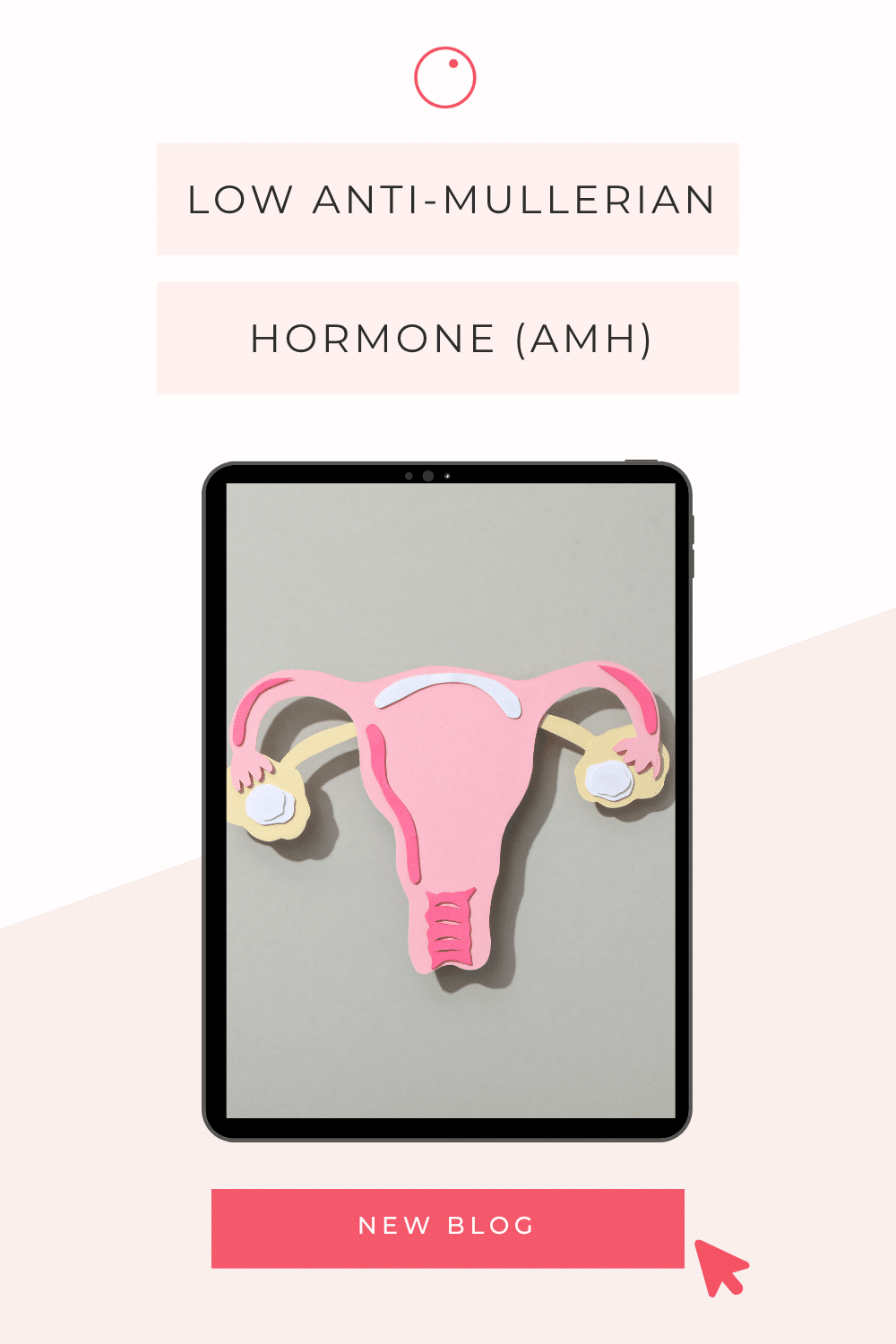

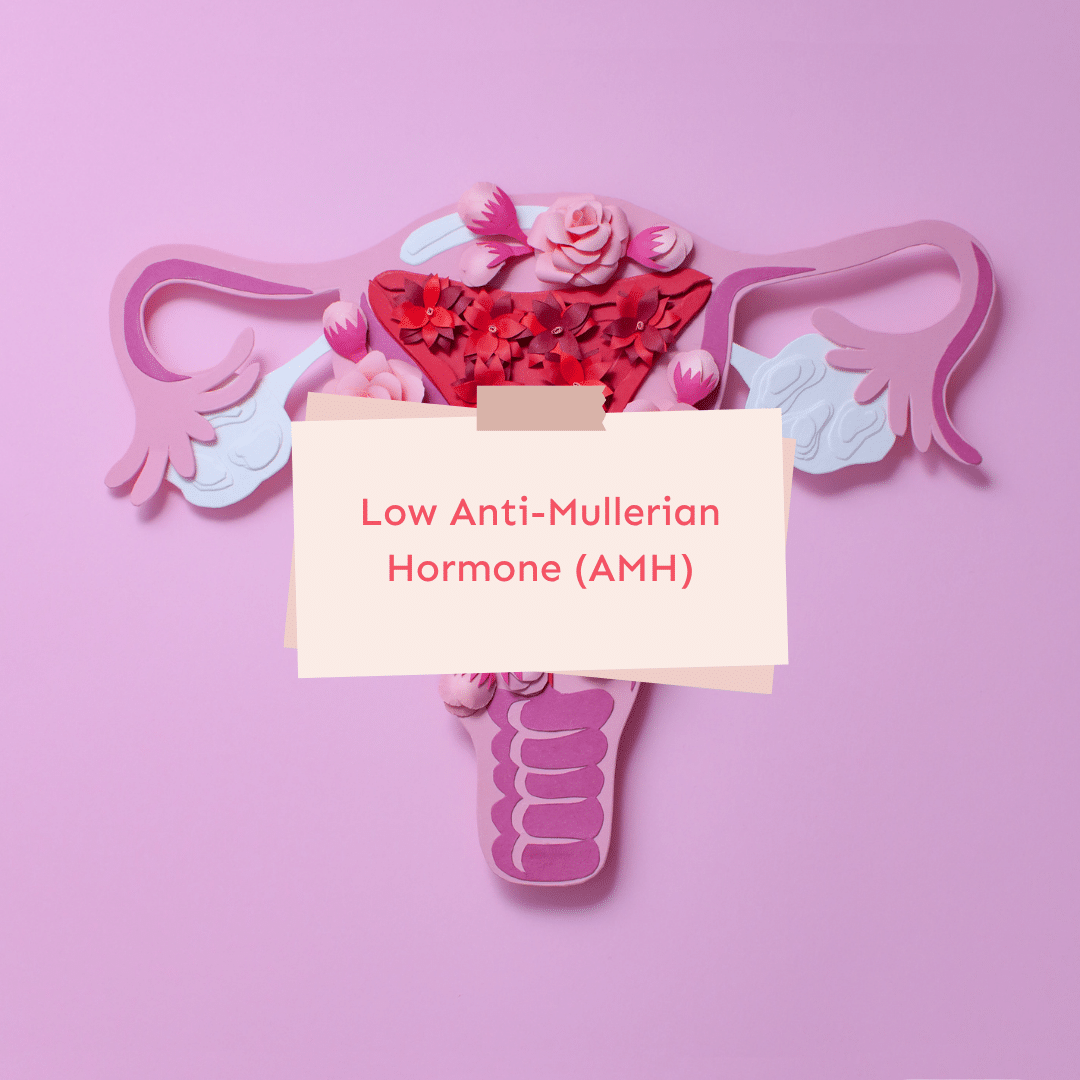
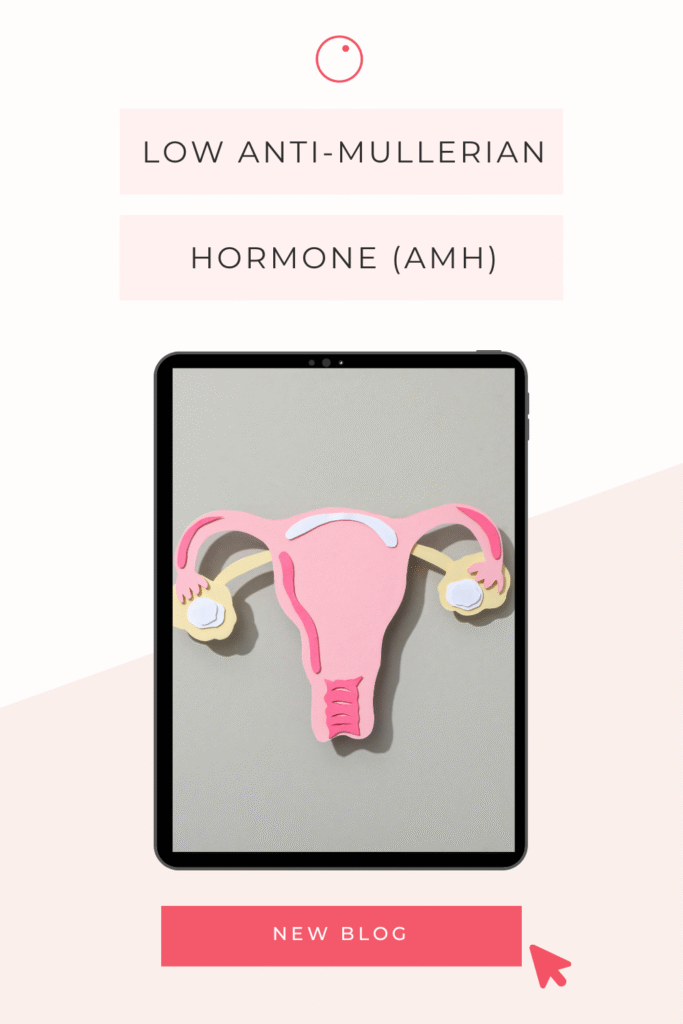
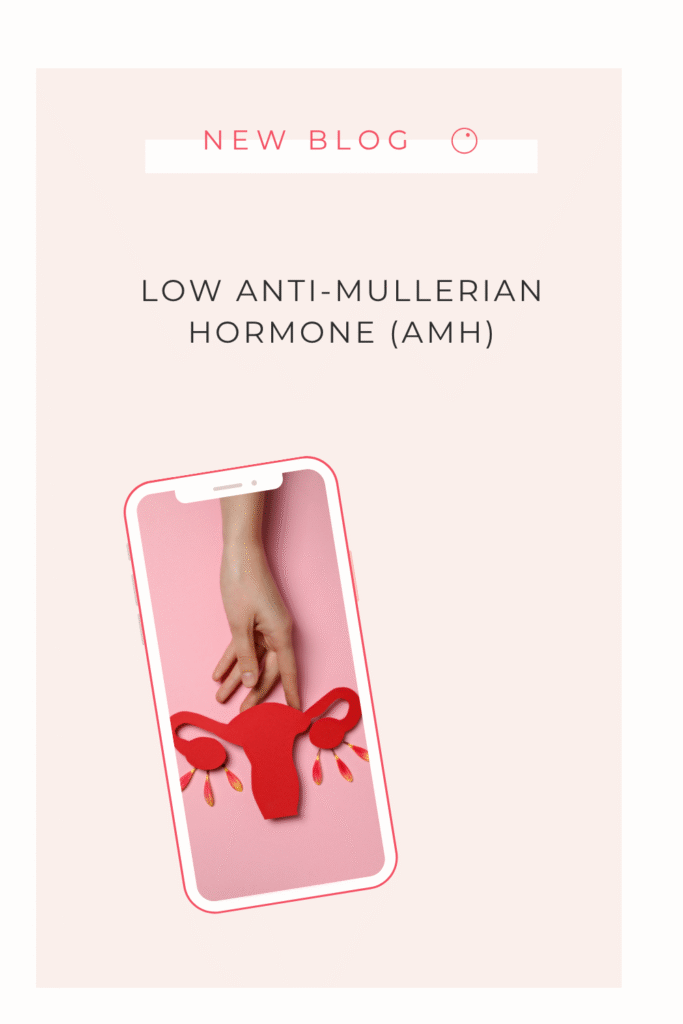
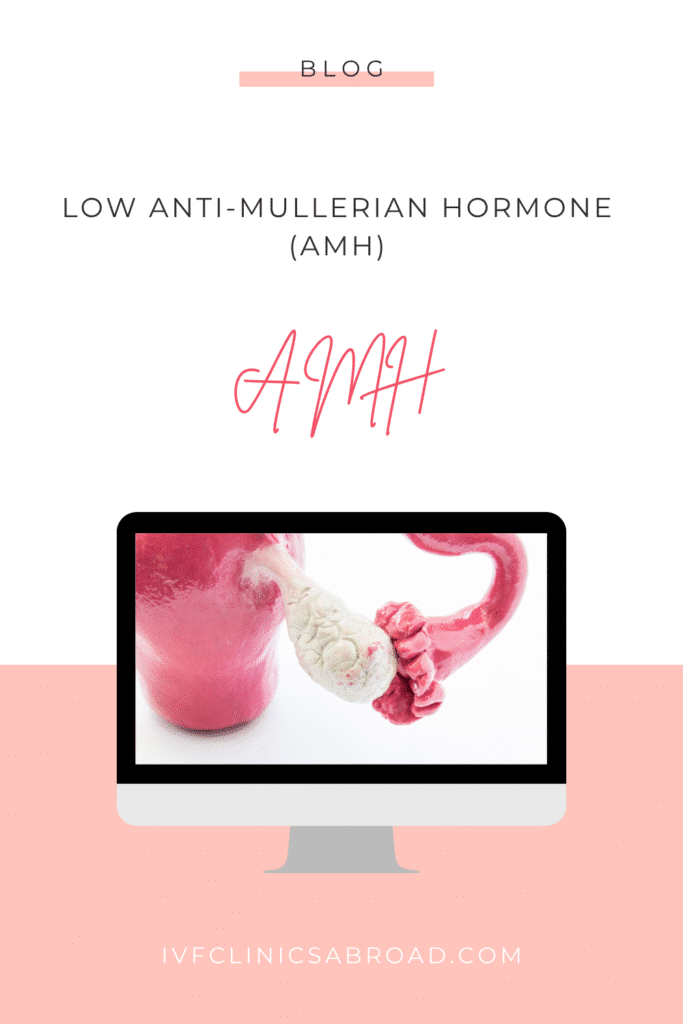
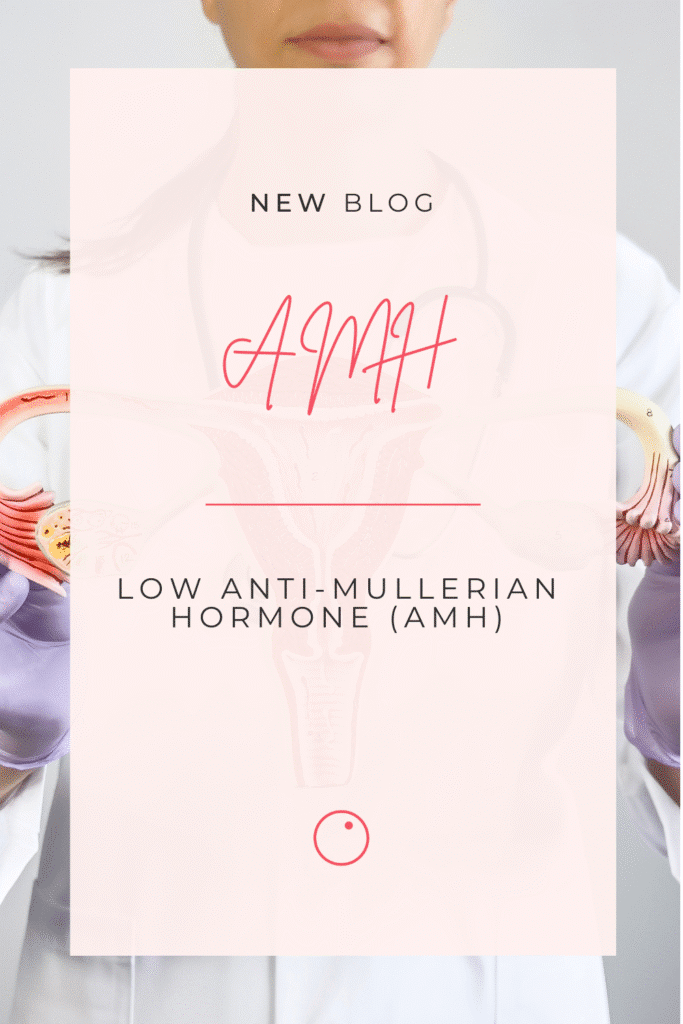
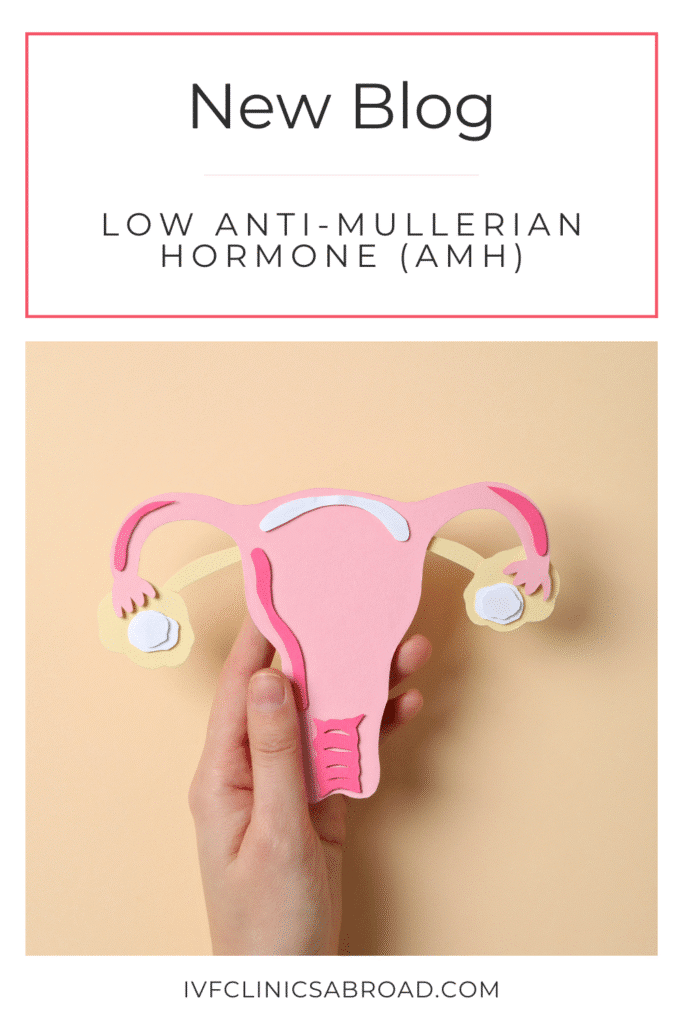
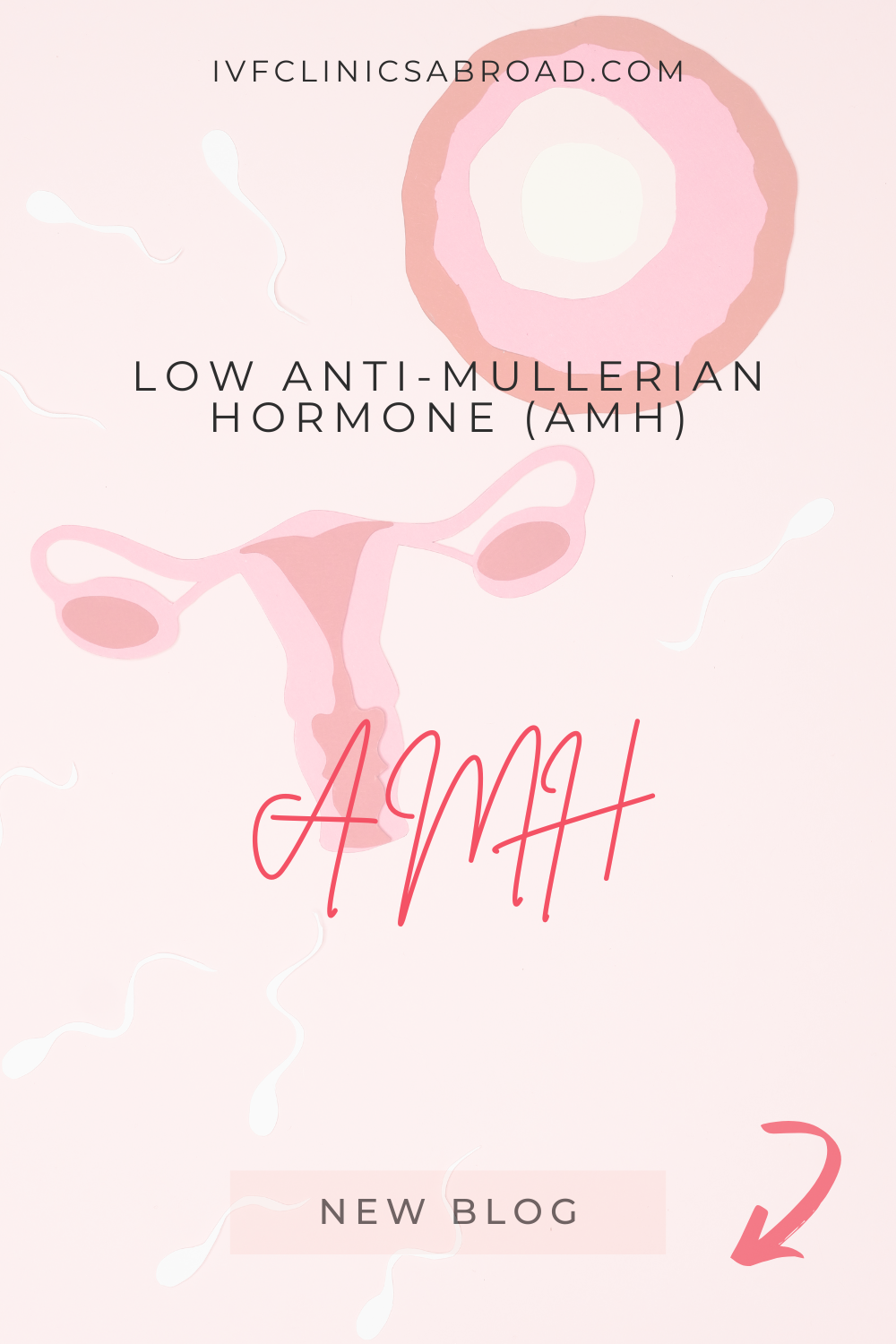
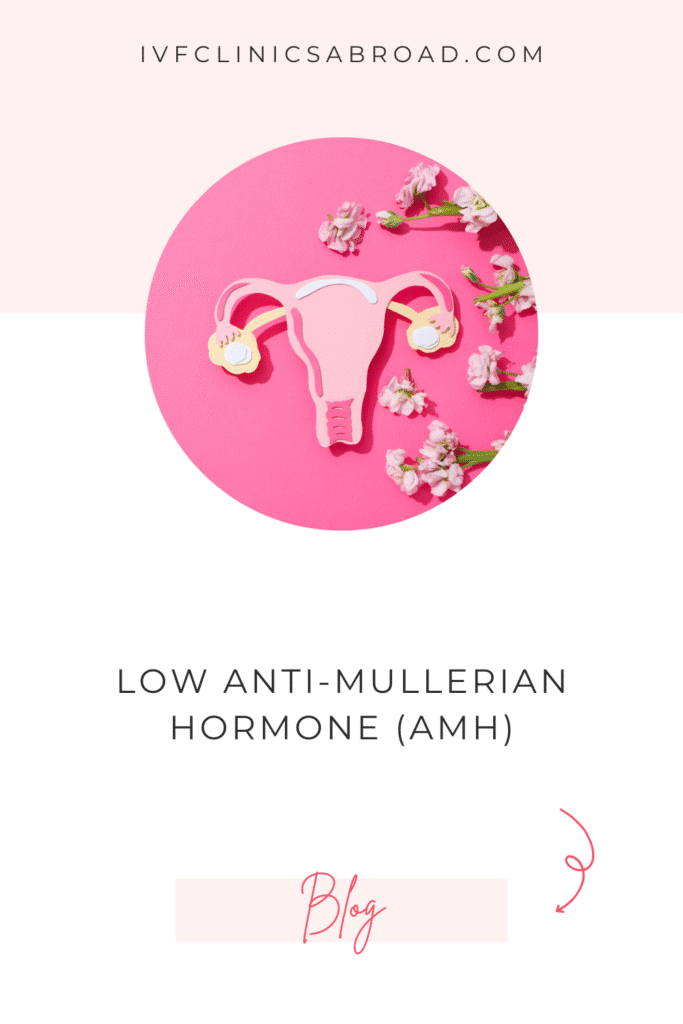
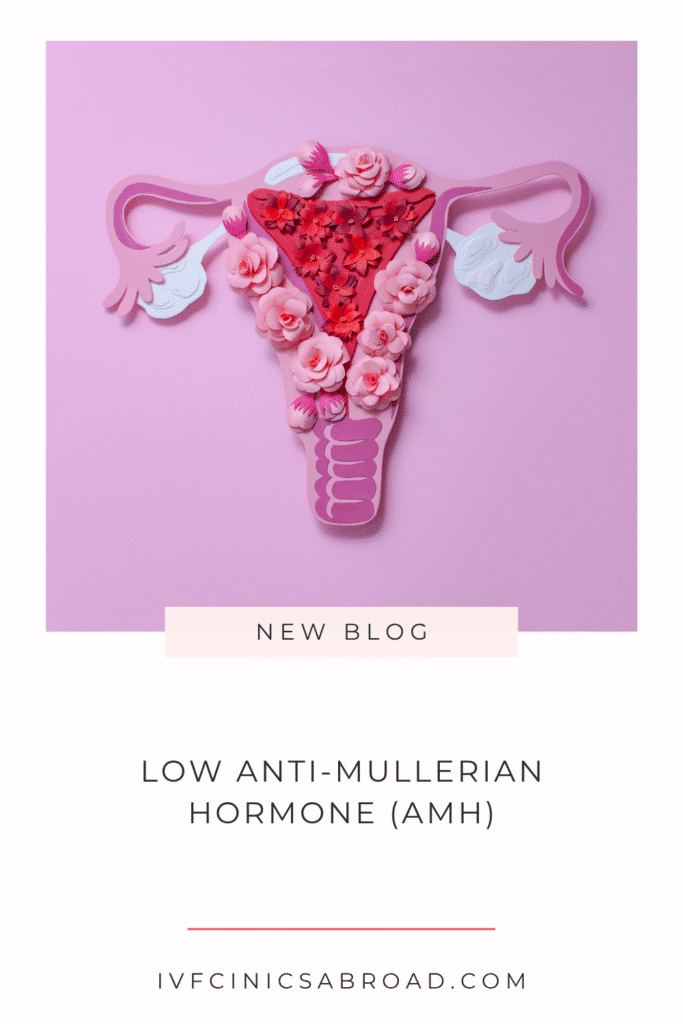




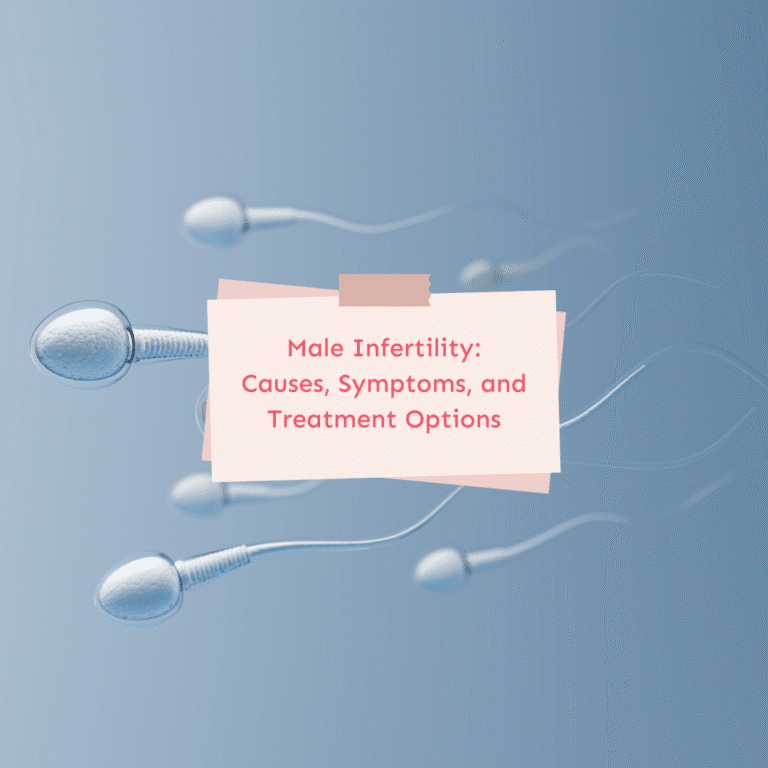

Merci pour cet article très complet et éclairant sur ce sujet qui me touche directement. Je me trouve rassurée face à la suite de notre parcours FIV/DPI et aux chances d'avoir un enfant malgré un Amh faible à 33 ans.
Merci beaucoup pour ton message, je suis vraiment touchée. Ton parcours me parle beaucoup.
Si tu as envie, je te conseille de lire aussi cet article, où je raconte l'histoire d'une femme qui, malgré un AMH très bas et une première tentative avec don d'ovocytes, est finalement tombée enceinte naturellement après 40 ans. Comme quoi, tout est possible ! https://ivfclinicsabroad.com/fr/10-ans-de-soutien-a-la-clinique-de-fecondation-in-vitro/ Je te souhaite beaucoup de courage et d'espoir pour la suite de ton parcours. Chaleureusement, Nathalie